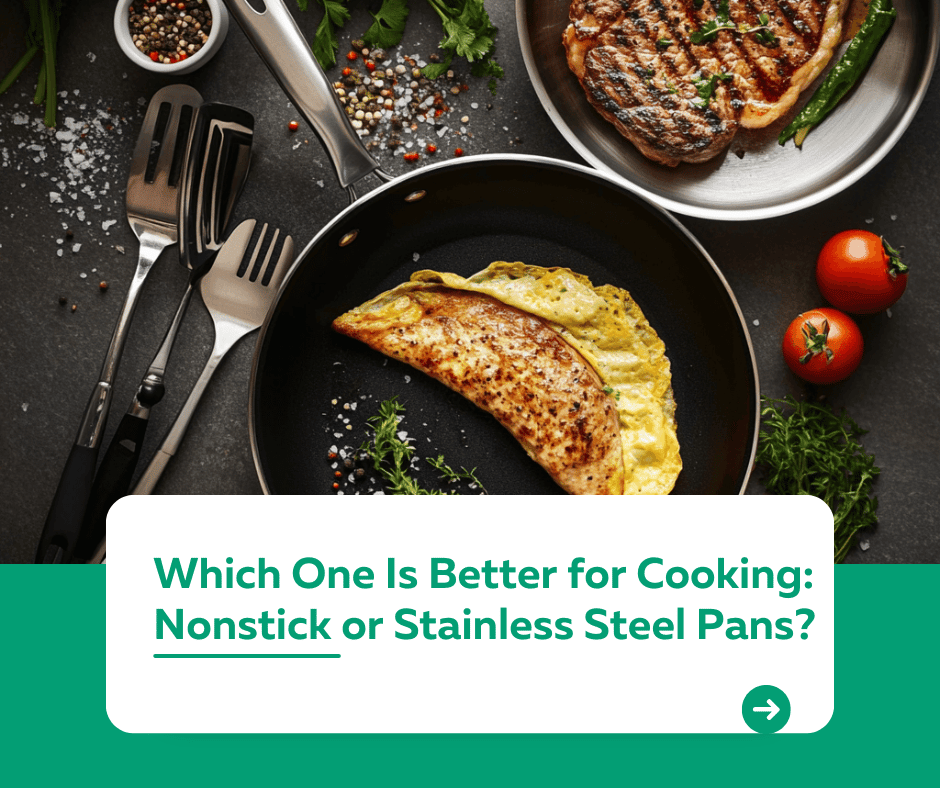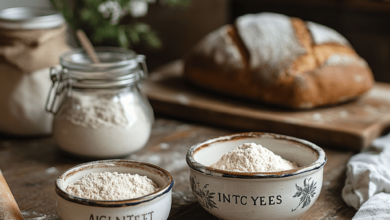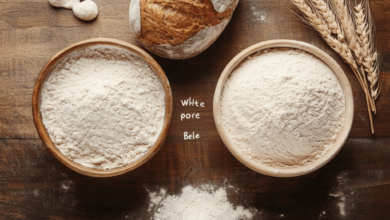Which One Is Better for Cooking: Nonstick or Stainless Steel Pans?

Introduction
“Which one is better for cooking: nonstick or stainless steel pans?”
Choosing the right cookware can make all the difference in your kitchen. Nonstick and stainless steel pans are among the most popular options, but they each have distinct advantages and best-use scenarios. This article explores the pros, cons, and ideal uses of nonstick and stainless steel pans to help you decide which one fits your cooking style.
1. Why Choose Nonstick Pans?
Nonstick pans are a go-to choice for their convenience and ease of use.
- Pros:
- Food doesn’t stick, making cooking and cleaning easier.
- Ideal for low-fat cooking as less oil is required.
- Lightweight and easy to handle.
- Cons:
- Prone to scratching; requires gentle utensils and cleaning.
- Cannot handle high heat well, which may damage the coating.
- Shorter lifespan compared to stainless steel pans.
Best Uses: Eggs, pancakes, delicate fish, and anything requiring minimal oil.
2. Why Choose Stainless Steel Pans?
Stainless steel pans are known for their durability and versatility.
- Pros:
- Excellent heat distribution and retention for even cooking.
- Durable and resistant to rust, scratches, and dents.
- Can handle high heat, making them perfect for searing and browning.
- Oven-safe and dishwasher-safe.
- Cons:
- Food may stick without proper preheating and oiling.
- Requires more effort to clean compared to nonstick pans.
- Heavier than nonstick options.
Best Uses: Searing meats, sautéing vegetables, and recipes requiring deglazing for sauces.
3. Comparing Heat Performance
- Nonstick Pans: Perform best at medium or low heat, ideal for delicate foods.
- Stainless Steel Pans: Can handle high heat, making them perfect for searing and frying.
Tip: For recipes that need high-temperature cooking, stainless steel is the better choice.
4. Maintenance and Care
- Nonstick Pans:
- Use non-metal utensils to avoid damaging the coating.
- Wash with a soft sponge and avoid abrasive cleaners.
- Stainless Steel Pans:
- Use steel wool or special cleaners to remove tough stains.
- Dishwasher-safe, but handwashing helps maintain their shine.
5. Which One Should You Choose?
The choice depends on your cooking habits:
- Choose Nonstick if you cook delicate foods like eggs, pancakes, or fish, and prefer easy cleanup.
- Choose Stainless Steel if you frequently cook at high temperatures, enjoy searing, or want long-lasting cookware.
Conclusion
Both nonstick and stainless steel pans have their strengths, and having both in your kitchen ensures you’re ready for any recipe. By understanding their unique advantages, you can make informed decisions to elevate your cooking experience.
For more cooking tips and cookware guides, visit our Kuestion.com.




